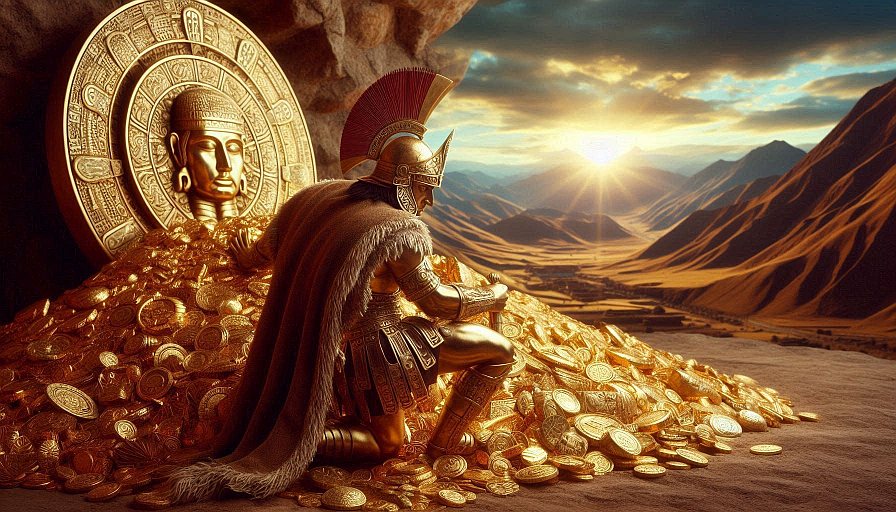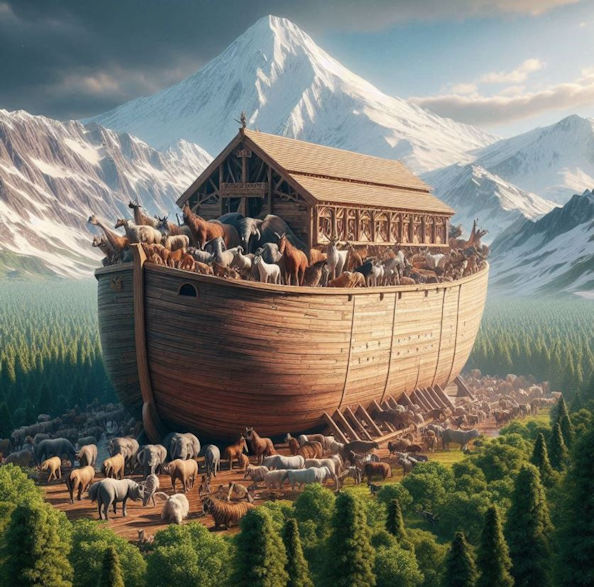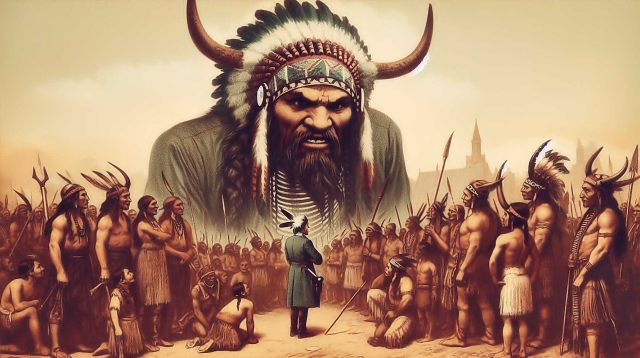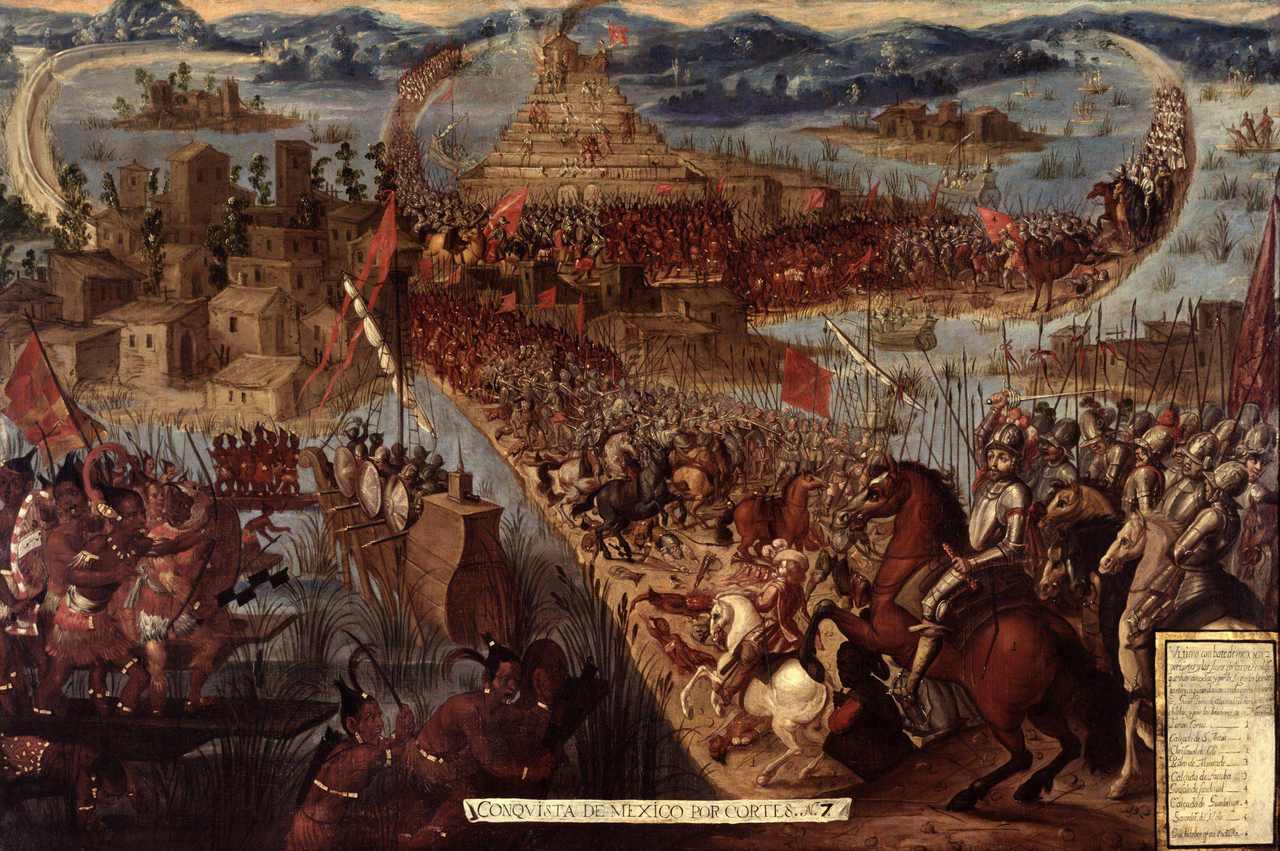
Between 1519 and 1521, the evil, blood thirsty, and greedy Spanish Conquistador, Hernando Cortez, attacked the Aztec Native Central American Indians of northern Mexico to kill them, steal their land and other natural resources, steal their gold, silver, and precious gems, after first receiving a gift of such highly valuable monetaries for peaceful appeasement from the Aztec emperor Montezuma. There is a certain amount of compelling evidence that the Aztecs settled, in very small numbers, into what are now various states of the United States of America over a thousand years ago to escape warfare, crippling drought, and to hide a sizeable portion of their wealth and material abundance from the Spanish conquerors. The word “conquistador” is a Spanish word which means “conqueror”.
According to the Aztecs themselves, they came from “Aztlan”, their original homeland, located a very great distance way up north upward and then over a period of many, many years migrated a tremendous distance downward; southward to what is present down Mexico.The Aztecs were known to the Spanish conquerors as “the Mexica” and present day Mexico City was the capital of their empire, which these native Central American Indians named “Tenochtitlan”. According to the Aztec legend, their patron God, Huitzilopochtli. told them to create their settlement in the place where a sacred vision occurred: a giant eagle was seen perched on a cactus and eating a snake. That colony, in the region of Mesoameric called “Ananchua”, located on a group of five connected lakes, became Tenochitlan which archaeologists determined to have occurred in the year of 1321 of the Common Era. Soon after the arrival of the Spanish, the Aztec Empire crumbled and the vast majority of the Native American Indian tribes thereof were killed off by warfare and disease brought to the Indian tribes by the Spanish of which there was no cure for.
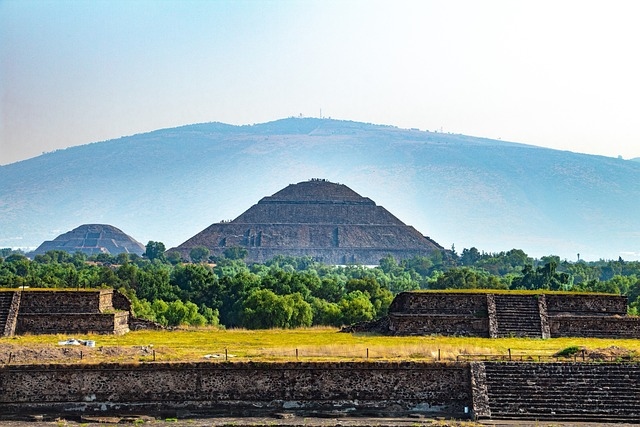
The vast majority of Tenochtitlan was destroyed in the fighting, or was looted, burned, or eliminated after the Aztec surrender to the Spanish. Cortes (Cortez) began to build what is now known as Mexico City, the capital of the Spanish colony of which he was named as the governor, atop of the ruins.Aztlan is described as a territory of red rocks and four rivers. In 1990, two scientists came forward that believe the original home of the Aztecs is Utah, located in the middle western portion of the United States of America. These two scientists are Cecilio Orosco, a professional researcher and an amateur archeologist of California State University in Fresno, and Alfonsio Rivas Salmon, a respected Mexican anthropologist at the Universidad Autonoma de Guadalajara. Orosco related that the Aztecs left Utah in 502 B.C.E.(Before Common Era) in their southwardly downward migration to Central America.
Other reasons for the claims of Orosco and Salmon include the four rivers to be the Green, upper Colorado, the Suan Juan, and the part of the lower Colorado after the confluence of others, ancient paintings on Utah’s canyon walls depict many of the same symbols and figures of the Aztec calendar as snakes with four rattles, knotted rope symbols( formerly believed to be used only the South American Incas as a way of counting), and ancient artwork pictures showing humans dividing time by the four year cycle and the eighth year cycle of the planet Venus, and certain eons old illustrations modernly interpreted to be of Venus, itself, as both a morning star and an evening star.
There are, however, archeologists that do not believe the claims of the two scientists because these skeptics demand “iron-clad” proof.Now we shall examine the story of Aztec Gold and Treasure being buried in Kanab, Utah during the Spanish conquest. Historical researchers say that the richest cache of gold is hidden in southern Utah and is buried deep within its caverns. Hundreds of people explored the land and water to find that particular “Aztec motherload” but never did. According to Native American Indian lore, thousands of Aztec warriors, with a great many slaves, were in the deserts of Utah, over 500 years ago, to bury a huge treasure of mainly gold, but also some silver, turquoise, jade, and other gemstones. After the treasure burial, the slaves were killed to prevent them for talking under torture of the Spanish and to for their spirits to possibly become “guardian spirits”. A curse was also placed on the treasure to further help deter robbers. Much later on, Hernando Cortez with a well armed detachment of soldiers, after trying to follow those Aztecs, scoured the abandoned area, but they could not find the hidden treasure, and then they returned back to Mexico.
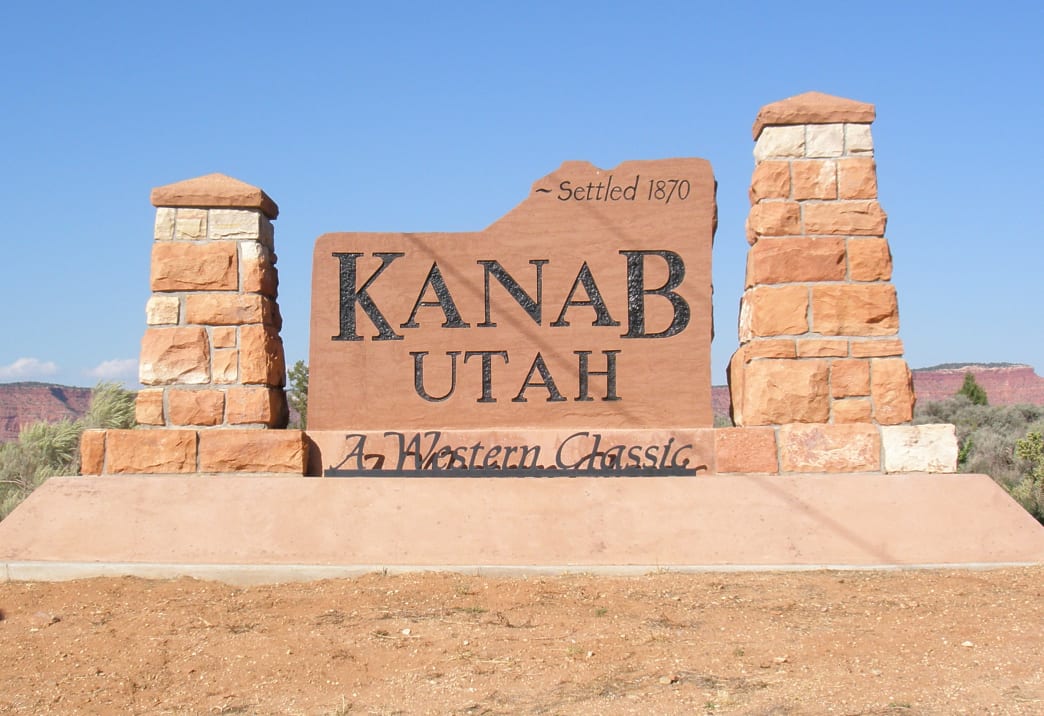
In 1914, a prospector named Freddy Crystal, arrived in Kanab, Utah with a map with illustrations of Aztec petroglyphs showing where the treasure of Montezuma (the Aztec king) was buried. The map, that was mixed in with old manuscripts, all are from the time of Hernando Cortes and were at a very old Spanish Catholic Christian monastery in Mexico that was being slated for demolition. When Freddy Crystal and his crew and many townspeople, from seeing and hearing of the prospecting group, joined in and, by the year 1922, the cave indicated on the map was discovered, in Johnson Canyon, and then became very much ransacked. Sandstone stairways going downwards were followed and a big wall that got knocked through, all those sites were carefully searched, but no treasure. An extensive system of underground tunnels were discovered and greatly searched, but still no treasure. There were tunnels that had deep sand pit traps and were meticulously examined. While some Native American Indians artifacts and bones were found, no treasure turned up. Freddy Crystal then left the town, never to be seen again.
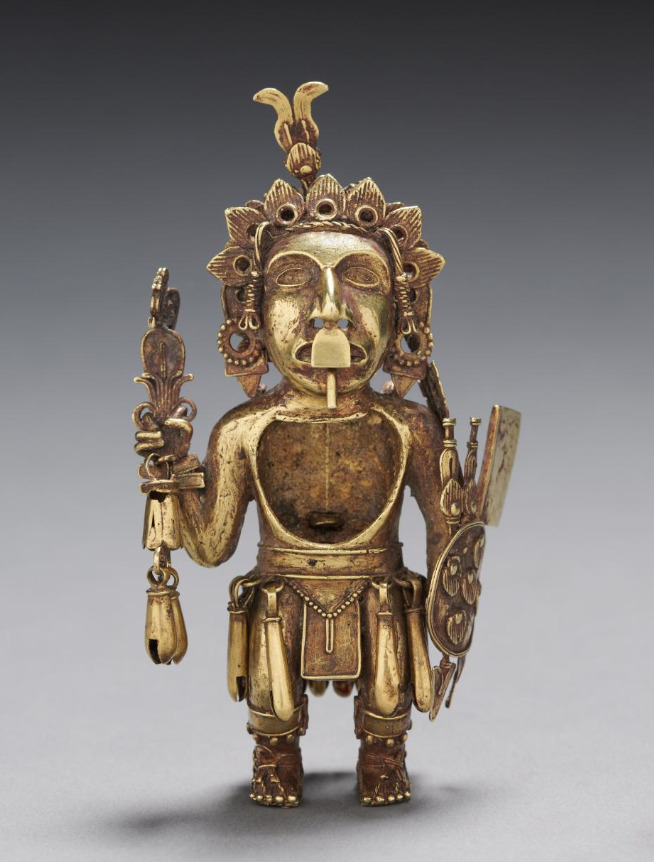
In 1989, Brandt Child, a Kanab resident, bought property that includes the Three Lakes pond north of Kanab. The pond, almost forty feet below the surface of the water, has a pit that traps water, and is an underwater tunnel. Brandt believes the bottom area is where the treasure of Montezuma might be. Scuba divers that Mister Child paid to examine that particular location claimed to see dark shadowy figures and experienced a choking sensation. When Brandt decided to drain the pond, which is the only known natural home of the endangered and protected species of the Kanab snail that also results in a $50,000 fine; the federal government agency of the United States Fish and Wildlife stepped in to guard the pond. No more searches of the possible treasure of the pond were allowed.
Every year, there is a special treasure hunt, sponsored by the Kanab City government, held over the first weekend in November that allows residents and visitors the chance of winning up to $10,000 in cash and prizes through various challenging activities and physical matches.. There is a special endurance race tournament whereby the top ten runners compete in a ” sudden death round” for the Grand Prize. Sounds very dangerous and should not be held.
